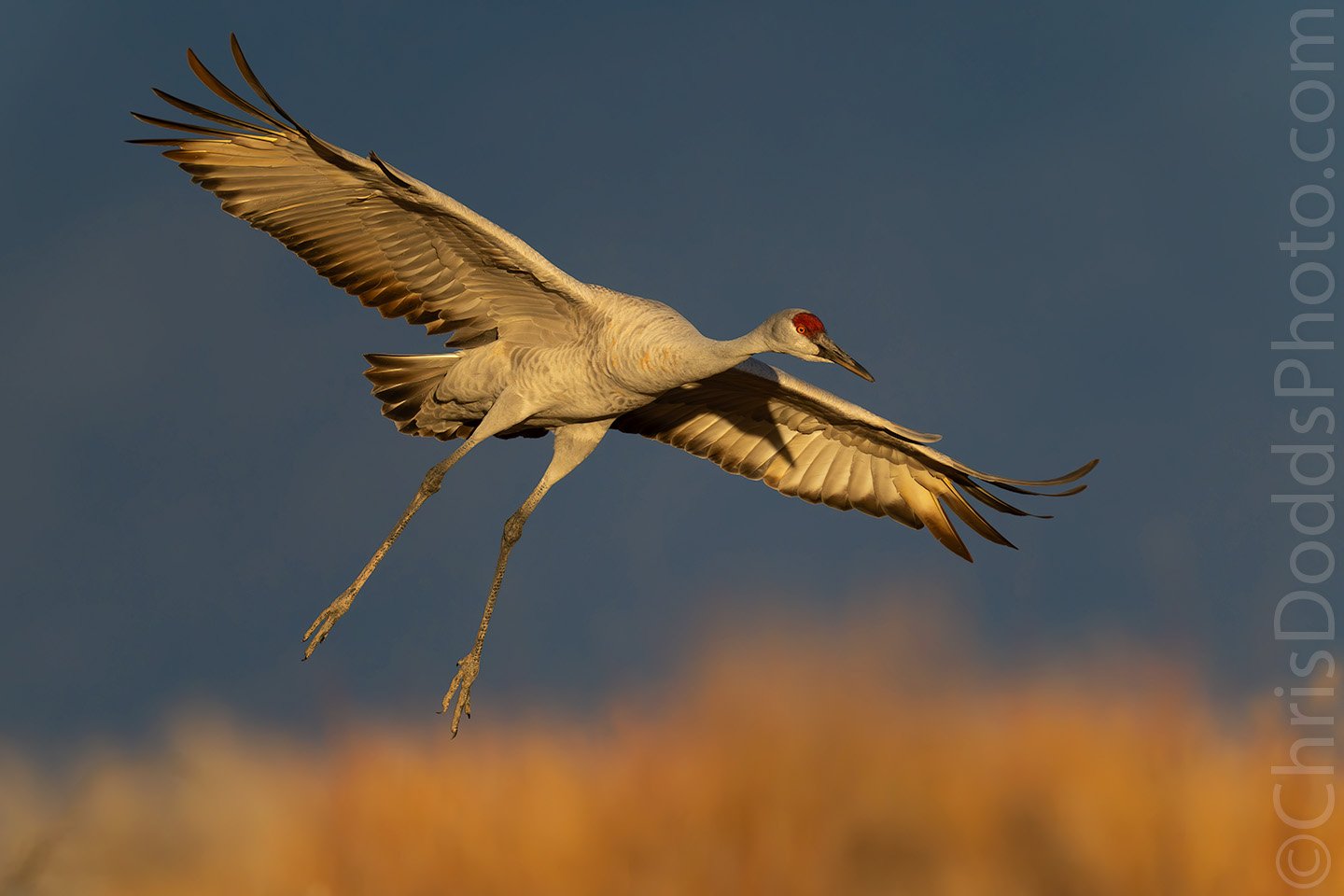Light freezing rain caused a thin layer of ice over the freshly fallen snow. I love how the talons grip the ice as this young female Snowy Owl takes flight.
Owl toes and talons
Owls have four toes on each foot. Two toes point forward, one toe points backward, and each foot's ‘reversible’ outer toe can point forward or backward, as the owl wishes. Sometimes, three of the owl’s toes point forward, and sometimes only two. With two toes pointing forward and two back, known as a zygodactyl, the owl can perch securely on a branch. When the owl clutches its prey, its toes spread so the owl can get a firm grip. It is known as anisodactyl when it has three toes facing forward and one backward.
A long, sharp claw called a talon is at the end of each toe. The owl uses its talons to snatch, squeeze, and kill prey animals. It also uses talons to defend itself against predators, such as hawks, other owls, badgers, and raccoons.
Many owls have feathered legs and feet for warmth. Snowy Owls, for example, who live in the cold Arctic, have heavily feathered legs and feet. Elf Owls live in warm, southern climates and have lightly feathered legs.

























